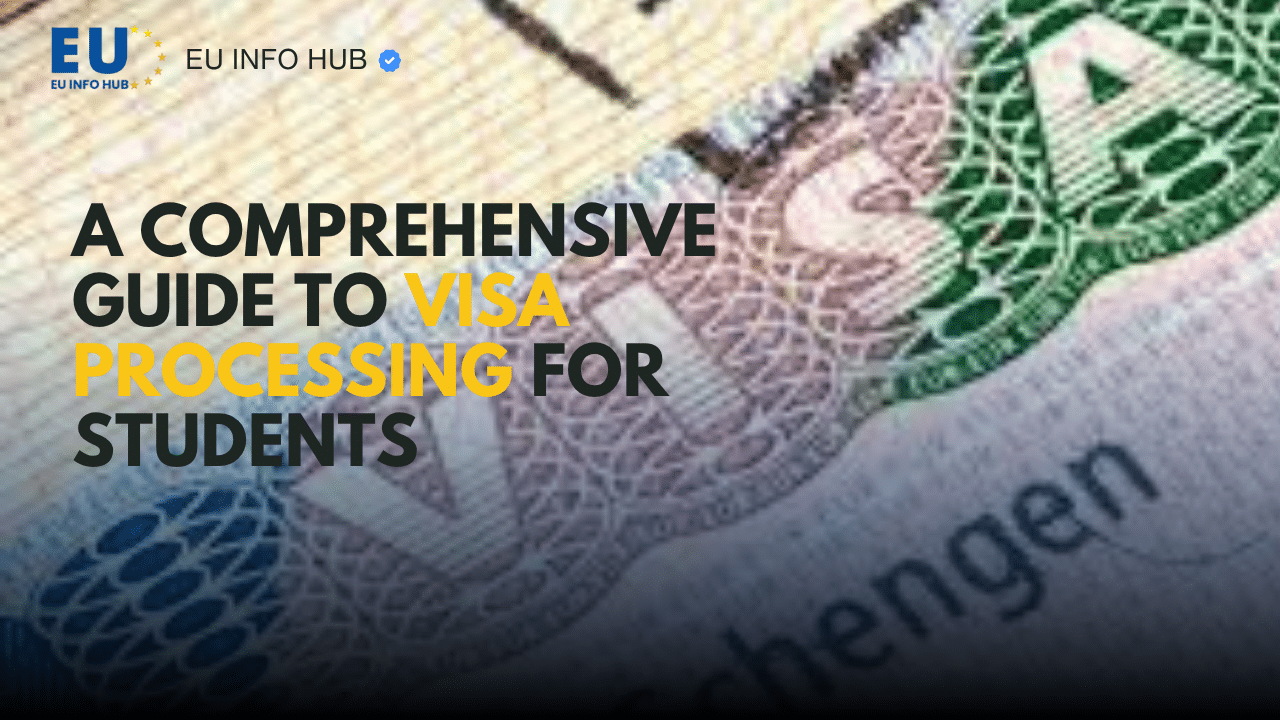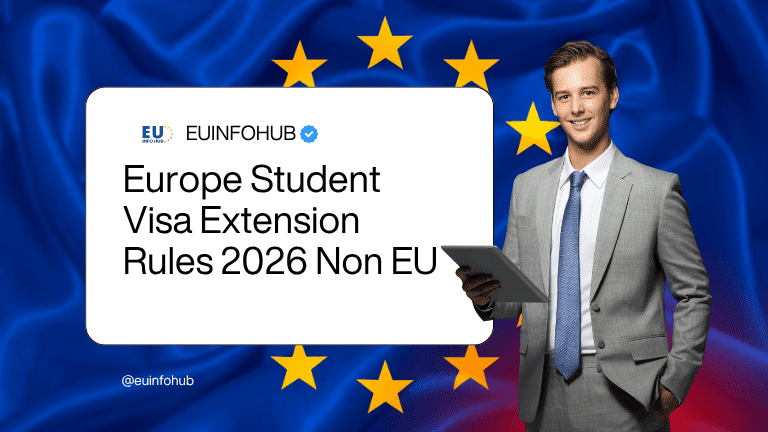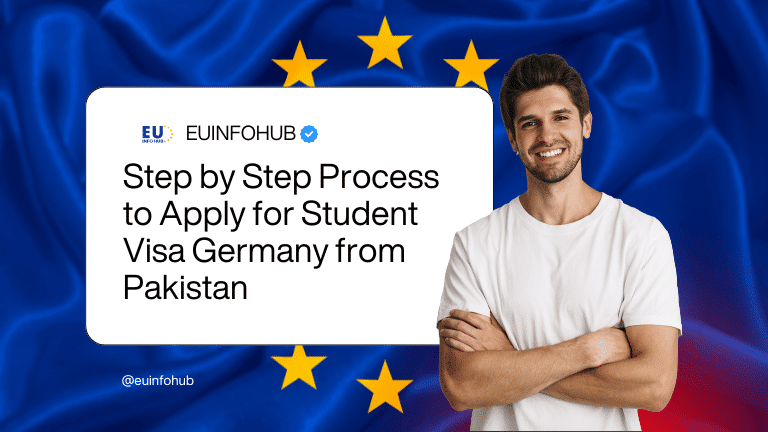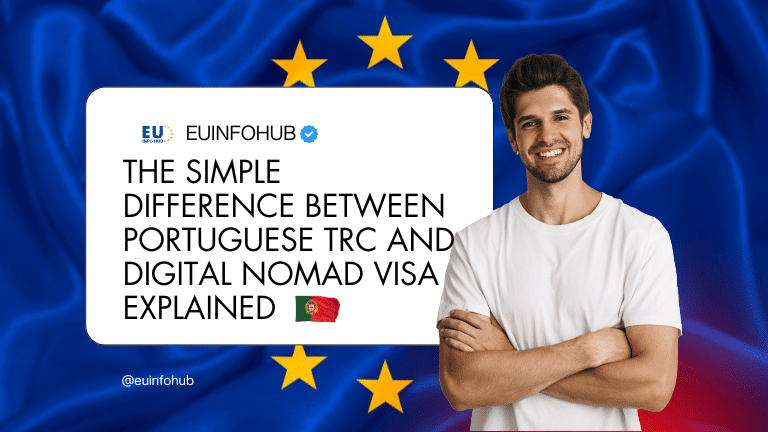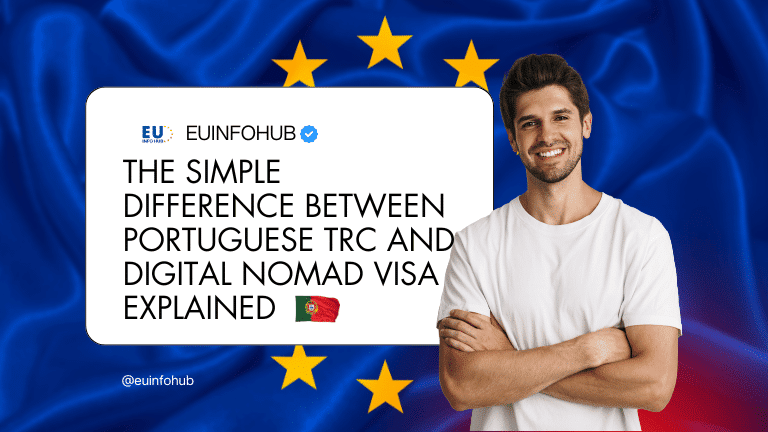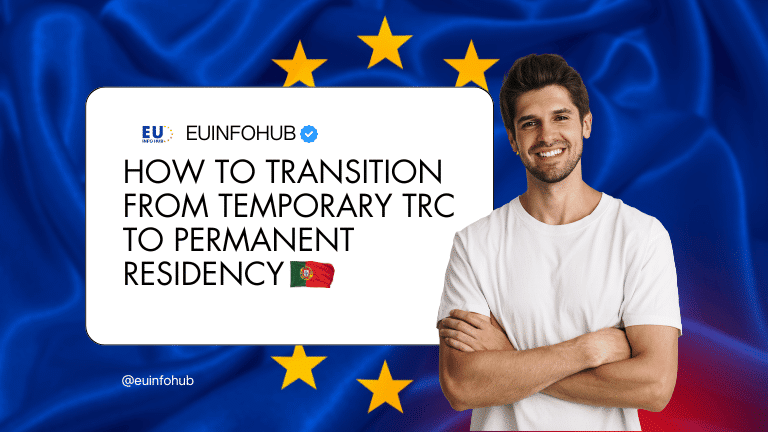Have you been planning to study in Europe? With admission season just around the corner, you should consider booking your visa consultation with the embassy. But if you’re still unsure about how visa processing works or haven’t started preparing, don’t worry—you’re not alone. From selecting the right student visa to navigating the application process for a Schengen visa, the steps can feel overwhelming.
This blog is here to make it simple. We’ll walk you through everything you need to know, from gathering essential documents to avoiding common mistakes, so that you can approach your visa application with confidence. Let’s get started and turn your study abroad plans into reality!
Understanding Visa Processing
The first step in understanding the visa process is to apply at the appropriate embassy. You must verify the applicant’s identification and ensure that they meet the country’s legal requirements. Then, you must verify the applicant’s eligibility for entrance and the purpose of the trip. The purpose is tourism, employment, or education.
Key Documents Required for Most Visa Applications
Depending on the type of visa, other documents may be required; however, in general, you need these documents:
- A passport that is now valid and expires on a given date, typically six months after the planned stay.
- Filled out the application for a visa.
- Photographs as large as a passport.
- Evidence of financial resources, such as bank statements or letters of sponsorship.
- Travel itinerary (booking lodging and airfare).
- Payment for the Visa charge has been received.
Following your interview with the embassy, you may need to wait a little while as visa processing takes time.
How Long Does the Process Take?
Visa processing times vary. It is based on the type of visa and the applicant’s destination. For example:
- Student Visas: Typically take 3–6 weeks for initial review.
- Schengen Visas: Typically processed within 15 days, but may take up to 30 days during peak seasons.
To avoid delays, applicants should begin the process well in advance of their planned travel dates.
Student Visa Processing
A student visa allows students to stay in a foreign country for educational purposes. It provides students with the opportunity to participate in academic programs, internships, or research projects. These opportunities all come with a few conditions regarding part-time work or the duration of stay.
Read a detailed guide on work permits and how you can get one in Europe.
Step-by-Step Guide to Student Visa Processing
Here is a step-by-step guide for student visa processing for Europe:
Learning the visa process
First things first, learn about the visa process. The next step after learning is to select the correct visa type. You can start the process by learning all the precise visa requirements for the country you plan to visit. Keep the duration of your articulation program in mind.
Selecting the proper visa
Many countries offer a range of visa options, including long-term visas for extended academic programs. It also includes short-term visas for brief courses.
A Schengen visa may be required for students who intend to study in Europe if their program involves extensive travel throughout multiple European countries.
Required paperwork
The next step is to obtain all the required documents after selecting the proper visa. This process includes an acceptance letter from the accredited school that confirms your admission in a foreign country.
This step includes the process of financial stability approval. To show financial stability, you need the following documents;
- Letter of scholarship award
- Saving account statements
- Guarantors declaration
To prove your eligibility, you will also need to prepare your academic records and certificates. The successful processing of student visas depends on these documents. You will also need to prepare your academic records and certificates.
Filling out the application
You can apply after you have gathered the necessary materials. Begin by filling out the application, ensuring that all information is accurate and matches the supporting documentation.
- Attach the required paperwork.
- Pay the visa processing fee
- Apply at the appropriate embassy or visa center.
This step is crucial for advancing your visa processing and should be completed well in advance of your intended travel date to avoid delays.
Attending a visa interview
The next important step after filling out the application is attending the interview. This is the time when you get the chance to talk about your course of study. In an interview, you have to tell them that you are financially prepared and further outline your post-education goals.
Also, you must answer questions about your long-term objectives and demonstrate confidence and honesty throughout the interview. The interview may also address your travel schedule and the reason for your visits to several European nations if you are looking for a Schengen visa.
Completing the post-approval procedures
The last step is to complete the post-approval procedures after your visa has been granted. After picking up your visa, carefully check the information to ensure it is correct. Make all necessary travel and lodging arrangements, as well as any other essential transfer-related preparations.
Learn all the specifics of your Schengen visa, including travel limitations and the maximum duration of stay. A simple foreign trip requires adherence to these terms and restrictions.
These procedures make it easier for you to move through the process and lay the groundwork for a successful academic career.
Following a proper plan before moving to Europe is a MUST. Check out this guide to know what you have to do before you move to Europe.
Schengen Visa Processing for Students
Students holding a Schengen visa can travel freely through 27 European countries. Students who participate in programs that require travel for academic and cultural reasons will find a visa to be highly beneficial.
The most important advantage of holding a Schengen visa is the ability to travel to 27 countries without requiring separate visas.
The next step is to determine the type of Schengen visa required before submitting your application. It depends on your planned duration; this may be either a short-term or a long-term visa.
Next, collect the necessary paperwork, including an acceptance letter from your school, a comprehensive trip schedule, proof of funds, and travel insurance.
Apply at the country’s embassy or consulate where you want to spend the most time. Visa processing typically takes 15 days; however, during peak times, it may take up to 30 days.
Tips for a Smooth Visa Process
- Start the visa application process to avoid last-minute issues.
- Create a checklist to ensure that nothing is missed and keep all documents organized.
- Consult with professional visa consultants or a university advisor for proper guidance.
- Carefully review your application forms and documents at least twice for accuracy and completeness.
- Learn about the particular visa requirements in the country where you plan to travel.
- Track submission deadlines and visa processing times to avoid complications. For this, you have to plan effectively.
- Practice answering common visa interview questions honestly and confidently.
- Use the official websites of the embassy or consulate for accurate and up-to-date information.
Conclusion
With proper guidance, you can navigate the visa application process smoothly. With guidance, obtaining your visa is not difficult.
Starting early and keeping track of your documentation is crucial for both Schengen and student visas. Do you want to advance your plans? For information and professional guidance to help you realize your dream of studying in Europe, visit the EU Info Hub!
FAQs
Can I apply for a Schengen visa while studying?
Yes, you can apply for a Schengen visa while studying. You must ensure that all required documents are present. Essential documents include enrollment letters, proof of funds, and a valid passport.
How much does visa processing cost?
The cost of a Schengen visa typically depends on your age and nationality. Moreover, for most adults, the fee is approximately € 80. Remember, these fees are non-refundable, even if your application is rejected, so double-check all your documents before applying.
What happens if my visa gets rejected?
If your Schengen visa gets rejected, don’t panic! You’ll receive a letter explaining the reasons for the refusal. You can either appeal the decision or reapply after addressing the issues mentioned in the rejection letter. Take time to fix any missing documents or errors, and be honest in your next application. Many people succeed on their second attempt, so don’t lose hope!

